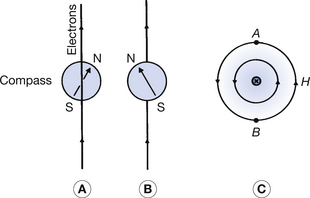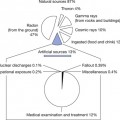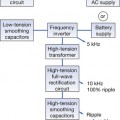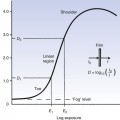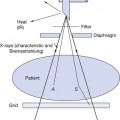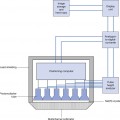Chapter 9 Electromagnetism
Chapter contents
9.1 Aim
The aim of this chapter is to consider the basic properties of magnetism discussed in Chapter 8 and show how these can be applied to a current-carrying conductor, giving an electromagnet.
9.2 Introduction
In Chapter 8, it was shown that magnetism is a phenomenon associated with atoms, and is due to the spinning and orbiting of electrons around those atoms. Electrons are negatively-charged particles so we may conclude that magnetism is caused by moving electric charges. It is reasonable to ask whether an electric current in a wire (for example) can also produce a magnetic field, since an electric current is just the flow of electrons in a conductor (Sects 7.3 and 7.4). This is found to be so in practice and the term electromagnetism is used to describe this effect (i.e. electricity producing magnetism).
9.3 Electron flow and ‘conventional’ current
When electricity was first discovered, it was assumed that it was the positive charges that flow in a conductor, and not the negative charges. This concept is now known as the ‘conventional’ current. It is now known that the positive charges in a solid material do not have any net movement (although they vibrate with heat energy; Ch. 5), since they form the protons in the nuclei of atoms (Ch. 18). Thus, it is the electrons that move in a solid, as explained by the elementary electron theory of conduction.
In gas or liquid, any positive and negative charges present may take part in current flow, since the positive charges are free to move, unlike in a solid. In radiography and many other subjects, it is the electron flow in conductors which is most frequently under consideration, and herein lies a difficulty, for many rules (or conventions) in electromagnetism and electromagnetic induction (Ch. 10) are based upon the totally false assumption of the ‘conventional’ current, which in a mathematical sense is supposed to flow in the opposite direction to that of the electrons.
